How to Fix One of the Worst Healthy Food ‘Deserts’ in America
Woonsocket, Rhode Island, is home to a cultural center, a textile museum, and a World War II memorial park. What it doesn’t have is grocery stores. There’s exactly one in the city of 43,000: a small Price Rite tucked away in the far northeast corner. That means the majority of the town’s residents live more than a mile from a supermarket or large grocery store.
In a state that holds the unfortunate record for most low-income food deserts in the U.S., Woonsocket, a place where 22 percent of people live in poverty, has become a poster child for the problem: Although the city makes up just 4 percent of the state’s population, it is its most severe food desert, with estimates suggesting two of five residents have trouble getting affordable foods—whether because of financial struggles or a lack of transportation access, or both.
Woonsocket local Charmaine Webster sees the pervasiveness of the food desert every Tuesday when she heads to the one local farmers market, which is co-hosted by her employer, community health center Thundermist Health, and the nonprofit Farm Fresh Rhode Island.
"A lot of people that are ill affected by the fact that we’re living in a food desert don’t necessarily frequent the farmers market,” she said. “They’re just so accustomed to the status quo.”
Webster’s role in the farmers market is more health-oriented: She hands out pamphlets providing information on COVID-19 vaccines. It’s Farm Fresh that supplies the food.
Farm Fresh takes a multipronged approach to food access: They offer culinary classes, farmers markets, and educational programs, all of which are designed to help people make healthier food choices. It’s a daunting task, said Sheri Griffin, co-executive director at Farm Fresh. “Food should not be something that you have to choose last when you’re looking at your budget for the month,” Griffin said. “It should be a human right.”
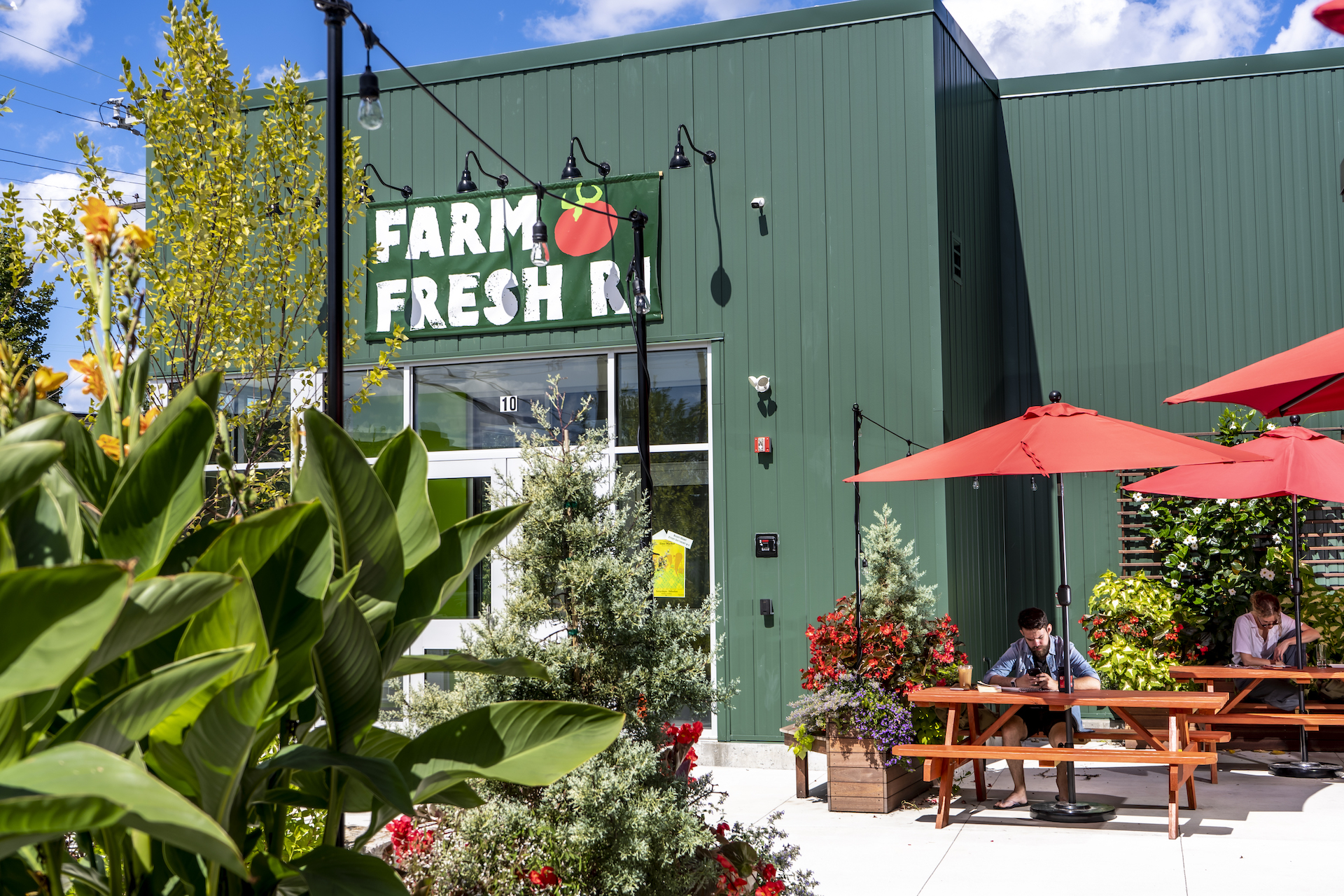
But here’s where things get tricky: Even if Farm Fresh could open a farmers market on every corner in Woonsocket, there’s evidence suggesting it wouldn’t change the fact that wealthier people buy and eat healthier food.
The concept of food deserts—impoverished areas with limited access to grocery stores—has attracted enormous attention in the last decade. The USDA has official definitions on its website, complete with census-tract-level mapping software. Michelle Obama championed the cause as part of her “Let’s Move” campaign. Hundreds of millions of dollars have been spent on federal grants aimed at eliminating the nutrition gap between income classes by supplying low-income areas with new sources of healthy food.
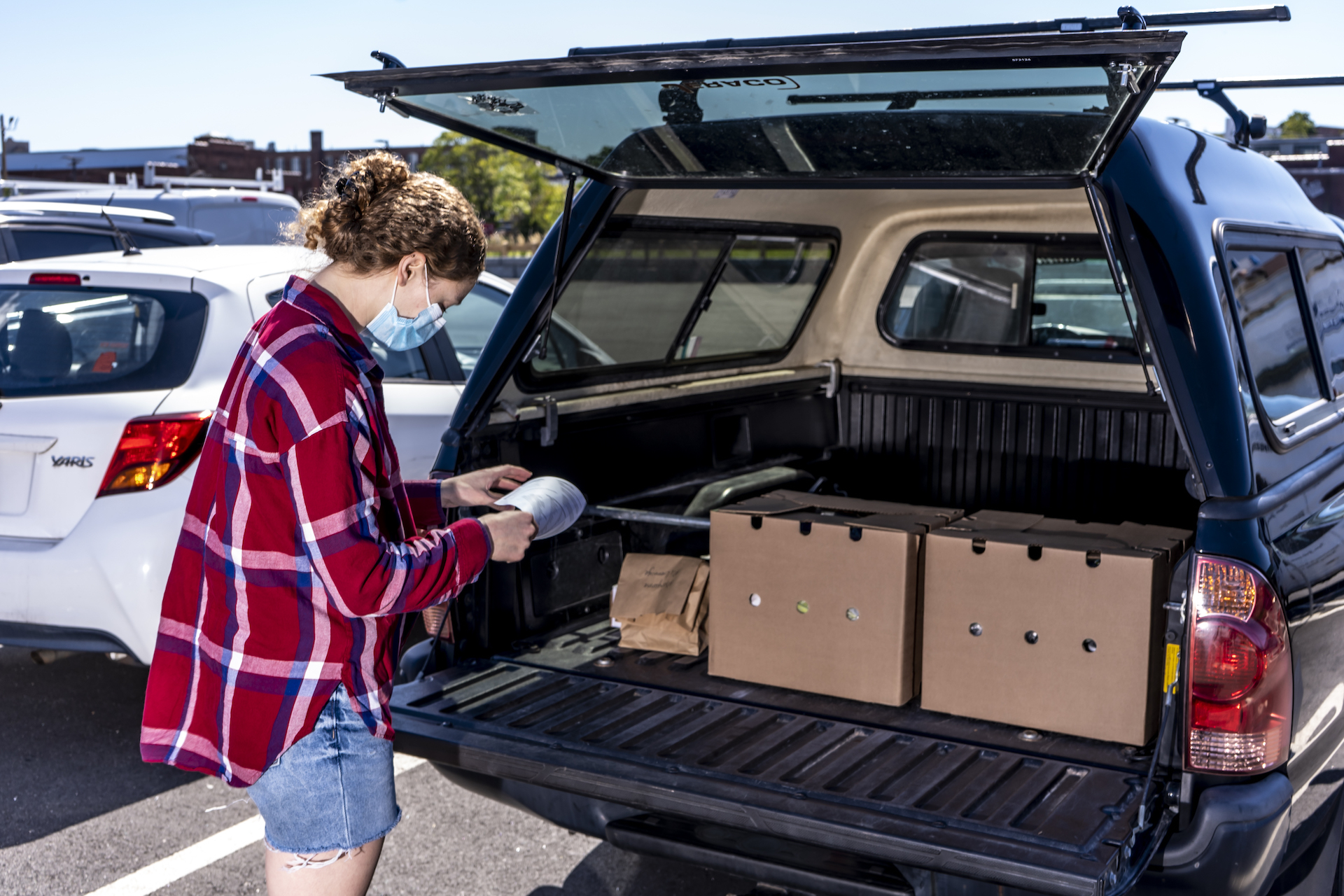
The nutrition gap between high- and low-income Americans is stark. Every week, high-income Americans eat 3.5 more servings of vegetables, 1.5 more servings of fruit, 2.5 more servings of whole grains, and 2.5 more servings of nuts and seeds. On the reverse side, low-income Americans drink five more sweetened beverages each week.
Blaming food deserts for the disparity is tempting because it suggests an easy solution: basically, to drop stores that sell healthy groceries into low-income neighborhoods. Unfortunately, says Hunt Allcott, a researcher at MIT who focuses on food equity, “The narrative hadn’t looked at the data.”
Between 2004 and 2016, over a thousand grocery stores opened in food deserts across the nation. Using data from the Nielsen Company that tracks consumer purchasing trends, Allcott compared the types of food purchases people made before and after the new supermarkets opened. The results were stark: The construction of a new grocery store only closed 9 percent of the nutritional gap between the rich and the poor. The remaining 91 percent, they say, is a demand issue.
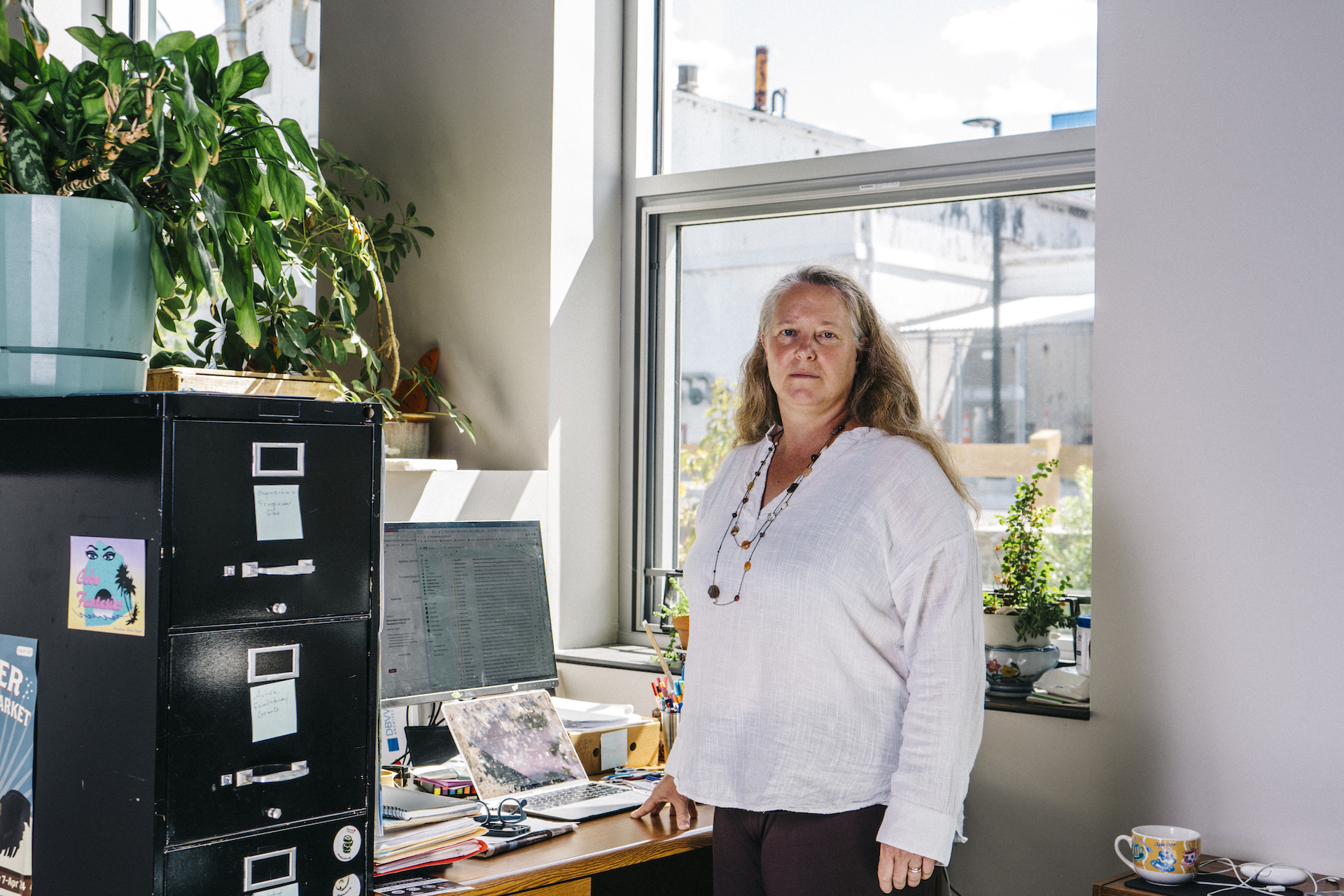
The reason that bolstering supply doesn’t solve the problem is that most Americans drive to the grocery store. Allcott’s study showed that even people living in food deserts buy 85 percent of their food from supermarkets or large grocery stores. To be clear, more access is still good: Closer stores mean people have to travel less, saving both time and money. But a shorter drive or bus ride to the store doesn’t dramatically change what people buy inside.
There’s no one explanation as to why wealthier people buy healthier food. By some metrics, healthier calories are more expensive. “It’s going to be a lot cheaper to buy a bunch of ramen noodles than it’s going to be to buy a bunch of fresh fruits and vegetables,” says Kim Gans, a family science professor at the University of Connecticut.
There may be knowledge gaps about what types of foods are healthy: Everyone knows potato chips aren’t as good as carrots, but what about white rice versus brown? Further compounding the problem, Gans says, is that junk-food and fast-food advertising is specifically targeted at low-income people. More than anything, though, preparing fresh fruits and vegetables takes time, she says—a luxury not everyone has.
Griffin sees people in Woonsocket and Providence struggling with these barriers all the time. “It’s hard to have four kids and work two jobs and remember that the farmers market is on Wednesdays from 4 to 6,” she says.
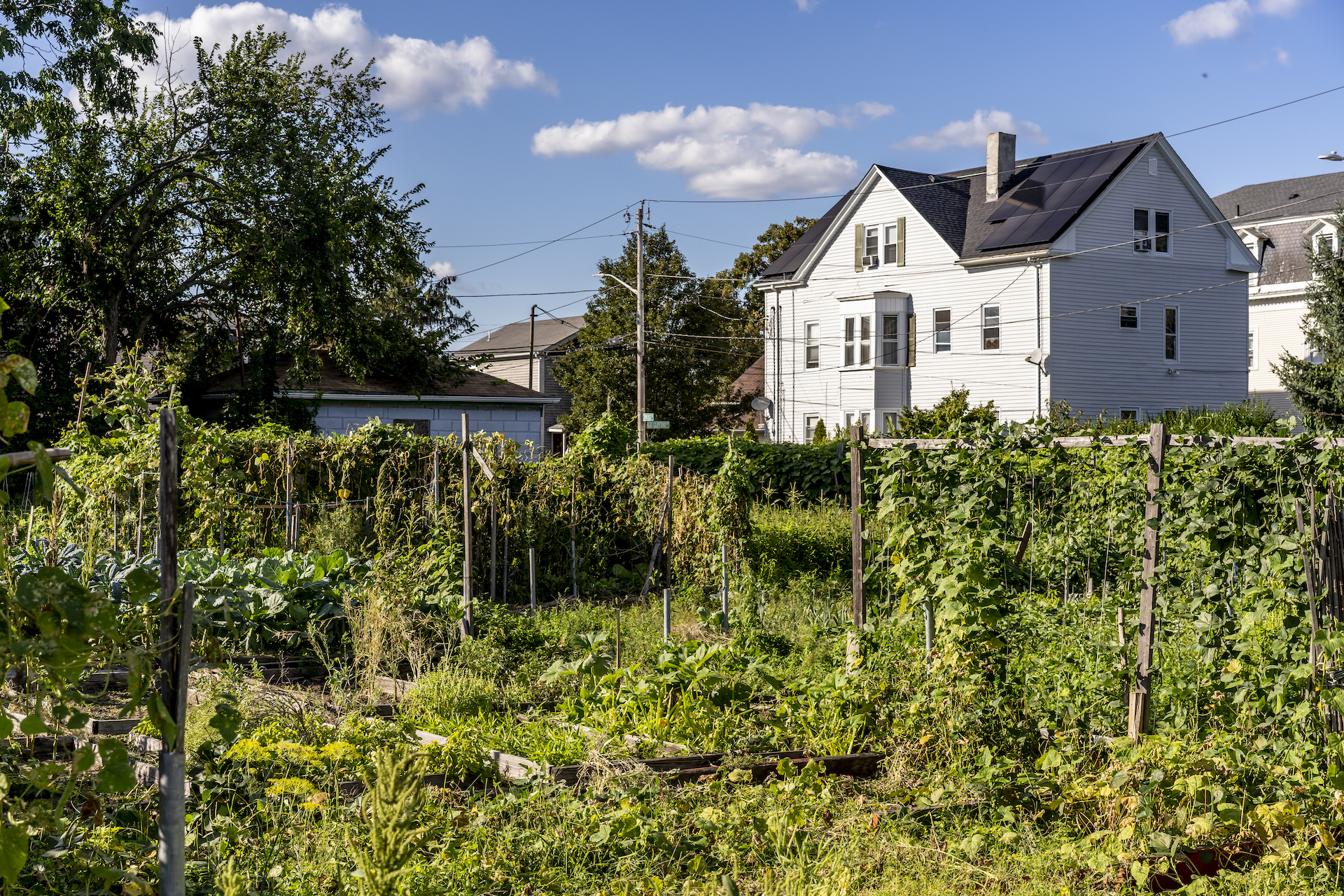
For Allcott’s money, the best way to change people’s purchasing habits at the grocery store is through taxation. He and his colleagues have proposed a sort of expansion on the soda tax, in which unhealthy foods are taxed more, and that money is used to subsidize healthier foods. The USDA even piloted such a program where fruits and vegetables were incentivized under the Supplemental Nutrition Assistance Program (SNAP). Called the Healthy Incentives Pilot, the study found that when SNAP recipients were given an extra 30 cents on the dollar to purchase healthy foods, they bought 25 percent more fruits and vegetables.
Working with a similar model, Allcott and his colleagues concluded that nutritional inequality could be eliminated in America for the cost of 15 percent of the yearly SNAP budget, or about $10 billion in 2018. Allcott says this money could come in the form of an expansion, or just from rearranging the current structure of the program.
That might actually work, but to Allcott’s knowledge, nobody is pursuing such legislation—at least not at a large enough scale. The Healthy Incentives Pilot was eventually parlayed into the USDA’s Gus Schumacher Nutrition Incentive Program, which offers grants to nonprofits, including Farm Fresh, to make SNAP dollars go further when used to buy healthy foods. But the project’s total funding is $56 million to be appropriated over five years, or about 0.1 percent of Allcott’s estimated cost to close the nutrition gap. And, again, these government incentives do not apply at for-profit grocery stores.
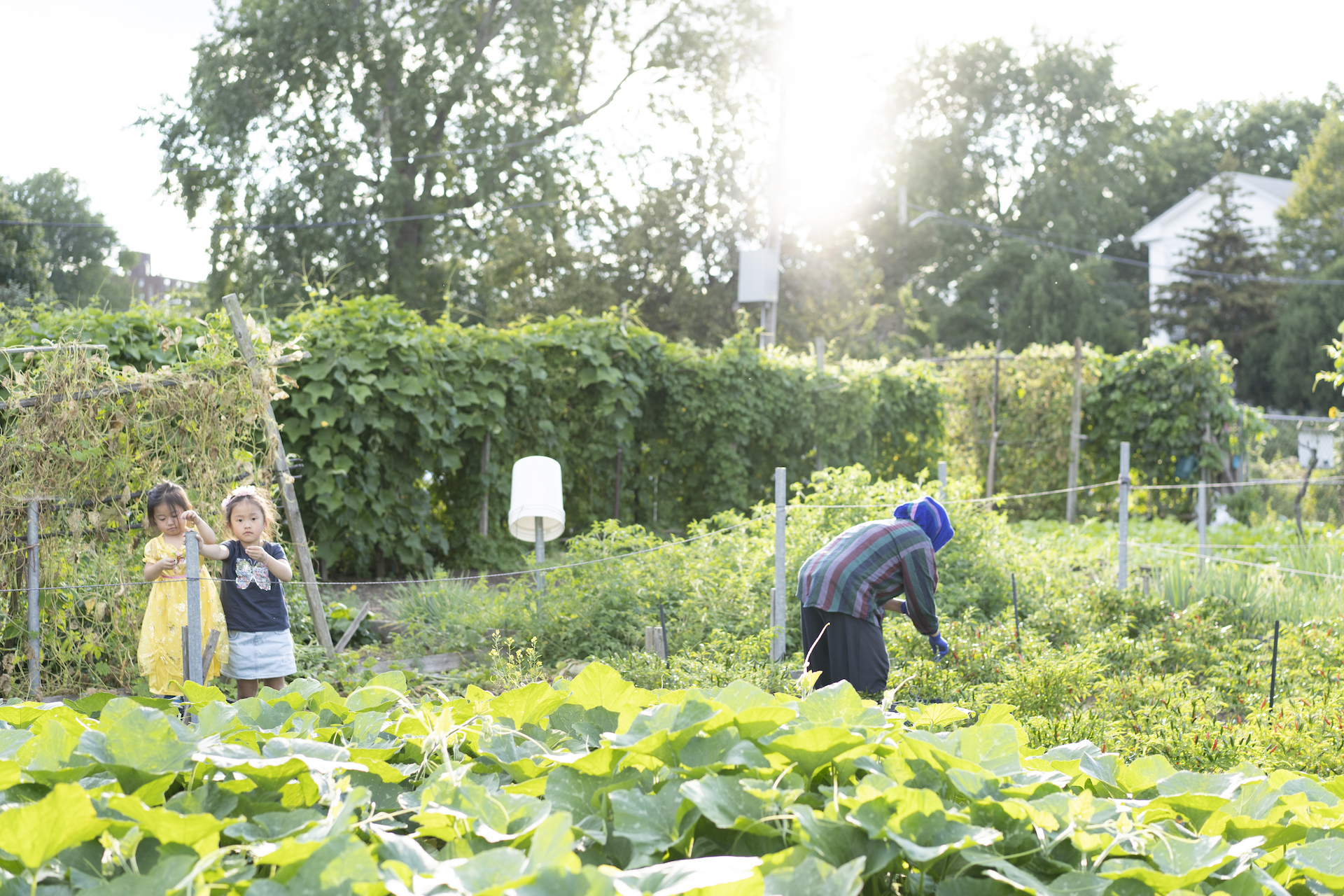
Griffin says the end result is a feeling of futility—that local nonprofits have been left to try to solve an issue much bigger than they can handle. “Farmers markets are great, but they’re not going to solve nutrition inequality,” she says.
That’s not to say there aren’t benefits to farmers markets beyond trying to close the nutrition gap. Jazandra Barros, community outreach coordinator at Providence-based Southside Community Land Trust, helps maintain a system of community gardens and small farms across the state. Barros says a big part of their job is helping immigrants seeking culturally appropriate food.
Providence is home to a large number of first-generation West Africans and South East Asians. Barros helps people grow crops like sweet potato greens, bitterball, and long greens—all of which are hard to find at grocers.
“When they come to Rhode Island, they have all these skills and a desire to grow their own food,” Barros says. “A lot of times, they’re growing food they can’t find in a grocery store or isn’t available.”
Whether these programs make a measurable difference in closing the nutritional gap isn’t really the point, Barros says. “We want to do something basic.” they said. “We want to get people food.”
This series is supported by Pennington Biomedical Research Center at Louisiana State University. VICE News retains complete editorial autonomy.
#DmtDailyNews
via https://www.DMT.NEWS
David Shultz, Khareem Sudlow
